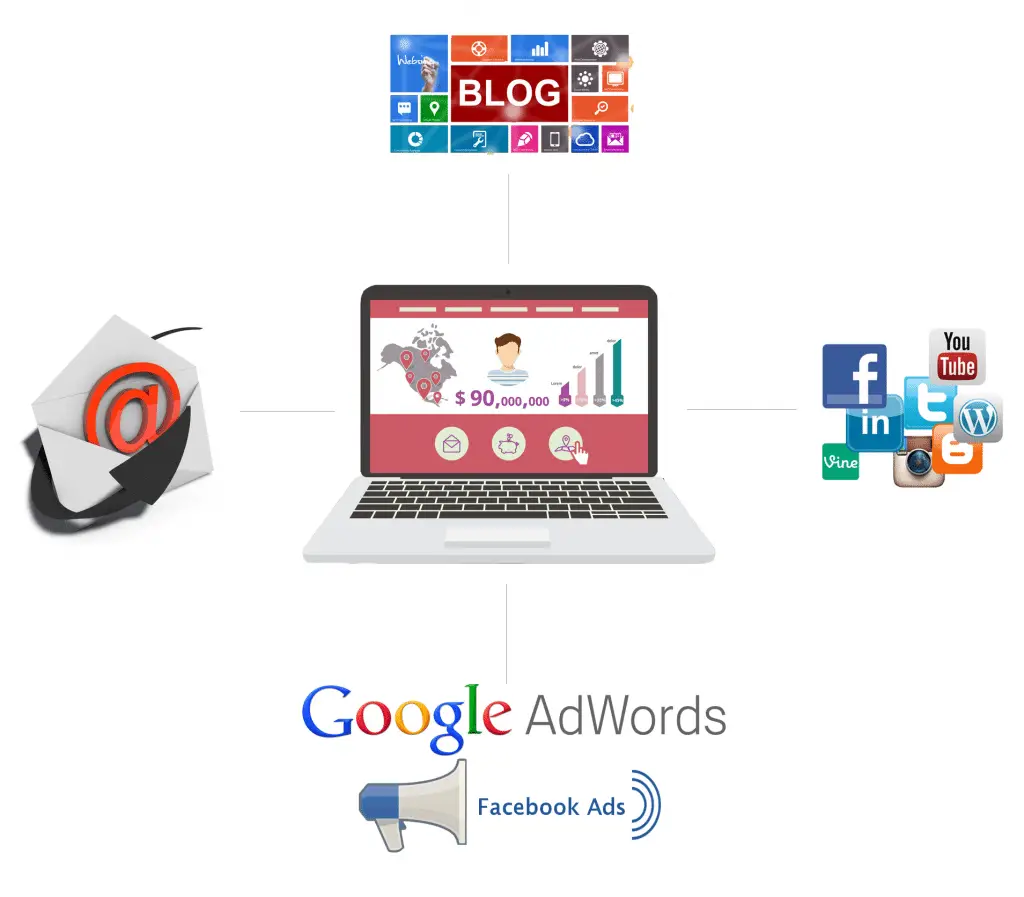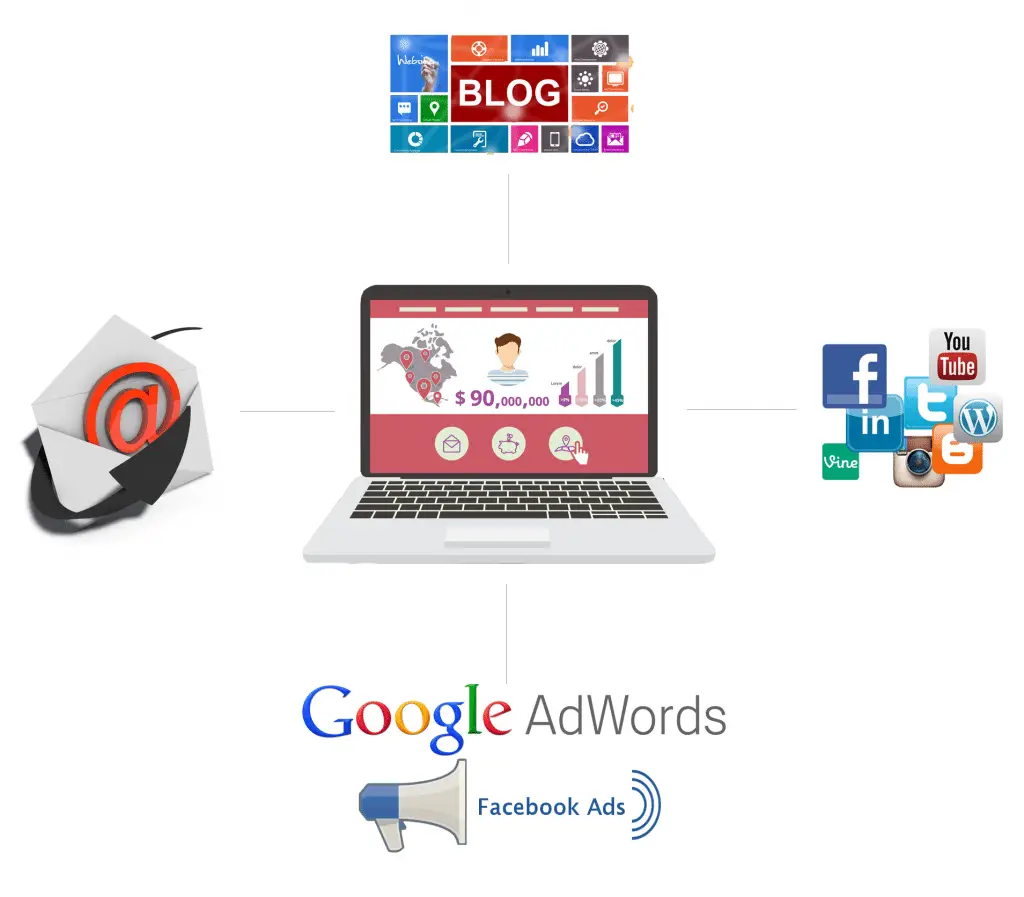It was July 2013 and I had nothing. No social presence. No website. No substantial connections. I wanted to be something, but I was delusional thinking having a great idea was all I needed. I didn’t fully understand what it meant to “build a platform”. I didn’t get what it meant to “build a list”. I didn’t see the need for a place where everything I was doing could be found, in the form of a website.
I was building false hopes and dreams on great ideas and strong passions. I was going nowhere… fast. That’s where my journey began 2.5 years ago… Fast forward, I can’t believe how different things are, how much connecting I do on a weekly basis, how many authors are on my list(s), how many downloads I get for my podcast, and how different my future looks… simply because I decided to do something about my platform.
The cold reality is the internet has become more sophisticated with each passing day. More and more people are using it to connect, research, share and communicate than ever before. By 2018, nearly half the world’s population will have basic internet access1. Hardware gets better, information gets easier to access and more people join in the conversation. It used to take authors years to build a following that can now be done in a matter of months in some cases2. It took me about 6 months to start seeing results.
Authors who are marketing their first book or maybe just marketing ‘a’ book for the first time usually have some things in common:
- They have very few resources for promoting their title
- They’re hungry to sell and/or make a name for themselves
- They don’t (or have a very vague idea) of where to begin
- The technology to build a platform can be daunting
Even if you have only one (or perhaps none) of these things in common with most self-published authors, one thing is true. If you want to get exposure for your book, sell it and build a following of fans, you’ll need to build an author platform.
What is An Author Platform?
An author platform is an online presence that can help establish yourself as an authority in your particular writing niche. That is a really simple way of defining it because building an author platform that works well takes a lot of time, energy and discipline. It’s a tool that allows you to build a following, market to them, and sell more books3. It consists of an author website as a centerpiece of a comprehensive web presence allowing authors to funnel and convert people into loyal followers and buyers.

Building the Author Platform
Building out an author platform is a task but we’re going to walk you through it step by step. The idea here is that you will learn exactly how to make each step in the process a reality. This post contains a complete road-map including examples, screenshots, links to resources, and detailed instructions on what you should do and how you should do it from beginning to end.
The following is an overview of the steps before we get into the nitty-gritty. The goal is to provide a comprehensive guide covering many different scenarios that authors might encounter at each phase in the process. We don’t want you to feel lost with questions afterward. We want you to feel like you know exactly what to do.
Chapter 1 — Website Basics: You need a website because it’s the centerpiece of your author marketing platform. Setting up a website is a lot easier than you might think. In this guide we will show you exactly what you need to do to make a professional looking website and you don’t need a lick of coding knowledge to do it. We can show you how to get your domain name, set up hosting as well as how to find free software that makes building a website a snap.
Chapter 2 — A WordPress Walkthrough: Throughout these pages we’ll show you how to build a website using the popular content management system (CMS) WordPress. We will outline exactly how to set up a WordPress website and how to configure hosting. We use WordPress because it is free and there are is no other content management system with as much documentation, easy-to-use add on’s and community support. It is essentially a website in a box. There is tons of support, tutorials, themes, plugins and additional functionality for the platform . While WordPress isn’t the only website CMS in town, it is the one we like the best and it is extremely user friendly.
Chapter 3 – Adding and Configuring Themes for WordPress: One of the best parts about WordPress is that it is fully customizable with different themes. Authors can set up a professional and highly functional website with ease. We will walk you through what themes are, how to add them to your WordPress site as well as how to set them up.
Chapter 4 – Configuring an Author Theme: We’ll walk you through exactly how to set up an author-based WordPress theme from start to finish. Those principles can be applied to other themes as well. If you choose to use the theme we have outlined in this guide (and we recommend that you do) you will be able to get started much faster.
Chapter 5 – List Building: List building is about growing a fan base as well as creating a database of contacts who are interested in your books. We will show you step-by-step how to set up a list building strategy and the tools you’ll need to do it effectively. We will also share some proven tactics for grabbing your audience’s attention and getting them to subscribe.
Chapter 6 – Setting up and Using Leadpages: Once your website is done, you have to be able to use it as a tool to market your book. Building an email list of people who want to hear more from you is a great way to market yourself online. Lead Pages is one of those tools and we’ll show you exactly how you can leverage it to make a landing page that converts visitors to subscribers (and eventually buyers).
Chapter 7 – Online Marketing: List building is just one tactic in a comprehensive effort authors can use to market their title online. We’ll show you best practices for search engine optimization (SEO), social media marketing, email marketing, paid advertising, blogging and other strategies for driving traffic to your author website.
Chapter 8 – Getting Your First 1000 Subscribers: We will walk you through the process of getting the first subscribers to your lists so you can start selling your books to them. This includes how to promote your subscription funnel, what messaging you should be sending out to your readers and how to effectively manage your contacts.
Conclusion: We’ll also feature an AUA (ask us anything) where you can ask any and every question you have about the process. There will also be a frequently asked questions section and a private Facebook Group we will be adding to on a regular basis.
References
http://www.emarketer.com/Article/Internet-Hit-3-Billion-Users-2015/10116021
http://o.canada.com/entertainment/books/stats-canada-becomes-the-latest-canadian-online-thing-to-be-turned-into-a-book2
https://bookmarketingtools.com/blog/how-to-sell-books-build-your-email-list-through-facebook-ads/3

